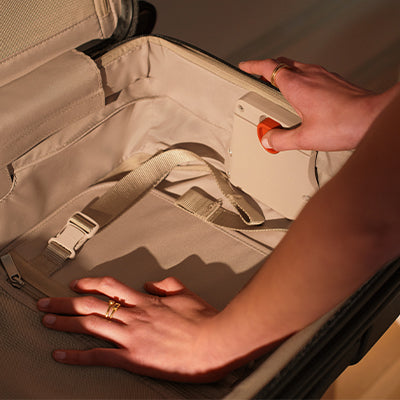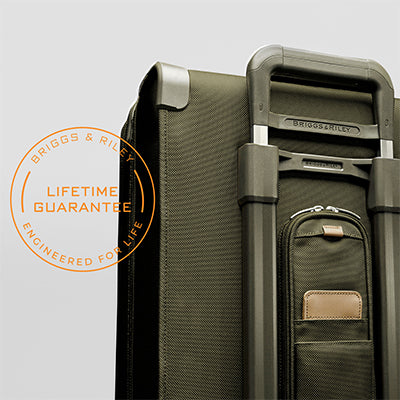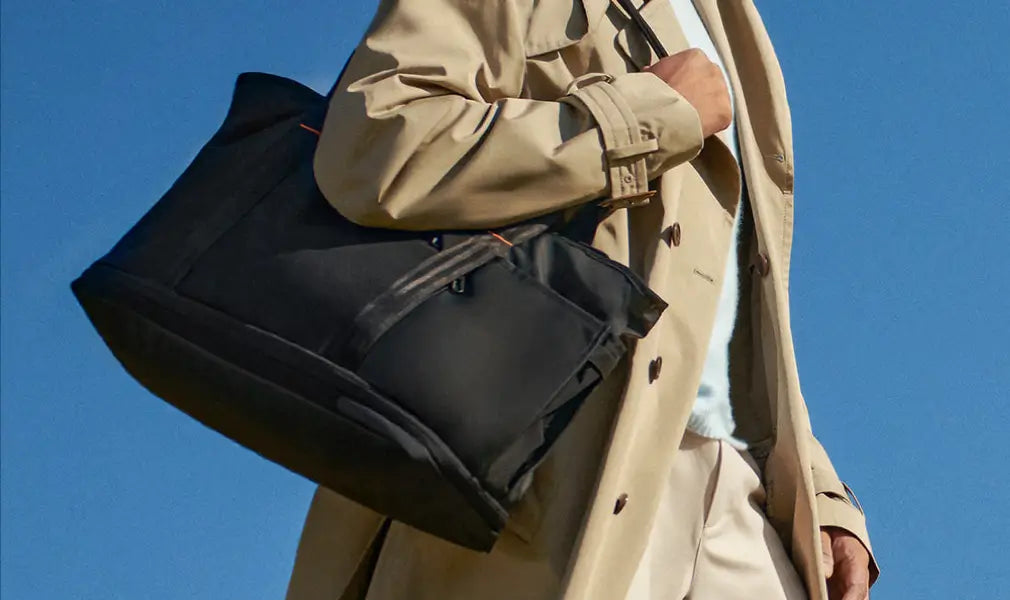Plane travel was never exactly a walk in the park but during a global pandemic, it’s all the more stressful — especially if you’re a business traveler flying standby. With flight routes changing on a daily basis, you’ve got to be prepared for just about anything. While we can’t predict the future, we can give you some handy tips to help you know how to fly standby like a pro.
Know the Rules
Each airline has its own set of standby rules, so make sure you check out the rules on the website of the airline you’re traveling with — the last thing you need is a bad surprise once you arrive at the gate. It’s possible that you may need to pay a fee to change your flight if your first choice is full. There are also different rules when it comes to using a buddy pass, like a tighter dress code, for example. The bottom line is before even looking into standby tickets, understand every detail about your airline’s standby policy.
Pack Light
The standby process can have you jumping through a lot of hoops, so the last thing you need to worry about is your luggage. Never check a bag as that just adds an additional layer of stress if you couldn’t get on a flight and your bag is taking off without you. Since you’re going to be one of the last individuals to board the plane, there may be space issues, so it’s a good idea to take a small carry-on for clothing and keep your toiletries, electronics, and other essentials in a smaller purse or bag such as our crossbody or large shopping tote. Just make sure it’s not too heavy so it’s easier to navigate around the airport.
Travel at the Right Time
Obviously, if this is a business trip, you may not be able to dictate your travel dates, but if it’s possible, avoid traveling on holidays (including those long, three day weekends), or when there’s a major event taking place in your destination city. Crowded airport stress aside, you’re less apt to get on a standby flight during these peak times. Research the airports you’re flying out of and into to see which days are the best to fly — there are a lot of blogs and other online sources to help you with this, so intel is just a Google search away.
Another helpful tip is that morning flights are more likely to have no-shows than flights later in the day, so try to book on the earlier side if possible. Lastly, if it’s absolutely dire that you need to get somewhere, give yourself a one day buffer for domestic flights and a two-day buffer for international flights so you can arrive on time.
Check-In Early
We know sitting around at the airport can be a drag, but as a standby traveler, you’re not in the position to show up right before the gate is closing. Also, when it comes to flying standby, passengers are oftentimes chosen on a first-come, first-serve basis, so the earlier you check-in, the more apt you’ll be to scoring a seat on the flight.
Dress the Part
Just because you’re not on a buddy pass doesn’t mean you should show up to the airport like you’re ready for bed. While comfort is important, dressing business casual can work to your advantage — especially if there’s a spare seat in business or first class. You’ll be happy you dressed the part when you’re sipping a glass of champagne and stretching your legs.
Position Yourself Close to the Boarding Gate
This isn’t the time to shop or park yourself at the nearest bar. Once you pass security, head to your boarding gate, and wait patiently. Your name could be called at any given time so you don’t want to miss out on the chance to get on a flight because you were eyeballing duty-free fragrances. If you’re not there when your name is called, what typically happens is that your spot is given to the next person in line. Even if there isn’t space for you, you’ll have ample time to figure out what to do next.
Be Polite
If you can’t get on a flight, the worst thing you could do is take it out on the gate agent. Not only is it not their fault, but you’re more likely to get on another flight by being polite and gracious. Airline employees aren’t always treated with the utmost respect, so put on a smiling face and imagine what it would be like to be in their position.
Sit Tight
Even if it looks like there’s absolutely no chance of you getting a seat, don’t leave the gate until the plane literally starts to make its way onto the runway. Sometimes the amount of passengers is miscounted and a spare seat will pop up at the very last minute.
Have a Backup Plan
The reality is, you may not get on the flight, so have a plan B already planned so that you’re not left stranded at the airport wondering what to do next. If you have to wait another full day to get on another flight and you’re not at your local airport, research hotels in the area in advance. You’ll want to have more than one choice in case there’s no occupancy. You’ll also want to do your due diligence by looking into other flights (perhaps even other airlines) to your destination — don’t be afraid to look into other airports in the area, too. You may have better luck getting on a flight when you’re not trying to fly out of a major hub.
Get a Credit Card With Trip Protection
From airline tickets to lodging to meals, book your entire trip on a credit card with trip protection. Look for one that will reimburse you for your lodging and food if you happened to be detained somewhere.
Leverage Technology
Travel apps are like virtual assistants who are alleviating any travel-related headaches by helping you find standby flights. While there’s an abundance of apps out there, check out NonRev Loads, StaffTraveler, and Cape.
Have any of your own standby tips to share? Tweet us @BriggsandRiley and let us know how you’ve mastered getting one of those coveted standby seats!



















Leave a comment